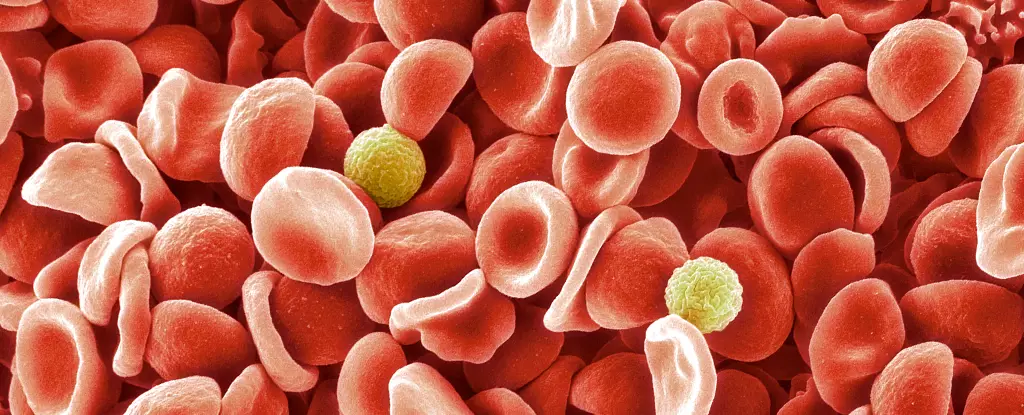The human blood system is a complex tapestry of various components that collectively serve vital functions in health and disease. One of the most striking recent developments in hematology emerged from a 1972 blood sample taken from a pregnant woman, which revealed an unusual missing surface molecule on her red blood cells. This enigma remained unsolved for nearly five decades until researchers from the UK and Israel identified it as the cornerstone of a newly classified blood group system, termed the MAL blood group. This article explores the significance of this discovery, its implications for medical science, and the importance of understanding rarer blood types in patient care.
The story of the MAL blood group system underscores the necessity of perseverance in scientific inquiry. Hematologist Louise Tilley, who has dedicated nearly 20 years to studying this peculiar absence of the AnWj antigen, remarked that the discovery represents a monumental achievement in medicine. The research team revealed that while most individuals possess the AnWj antigen on their blood cells, which plays a crucial role in distinguishing self from non-self antigens, a small fraction—over 99.9%—do not share this characteristic. Understanding this anomaly has required an immense amount of collaborative research and innovation from medical scientists.
What is particularly fascinating is that blood groups extend beyond the well-known ABO and Rhesus factors. The discovery of the MAL blood group system highlights the intricate network of additional blood group systems that can pose critical challenges in clinical settings, particularly during blood transfusions. An incorrect blood type match can trigger severe immune reactions, underscoring the need for such groundbreaking work.
Of particular interest is the genetic mechanism behind the MAL blood group system. The research identified that both copies of the MAL genes must be mutated for an individual to be classified as AnWj-negative. Yet, the researchers also discovered patients who presented with this rare blood type without the expected mutations, suggesting other factors—possibly blood disorders—could lead to suppressed antigen expression. This revelation emphasizes the complexity of genetics in blood typing and the vital role that genetic testing can play in providing personalized healthcare.
Tim Satchwell, a cell biologist at the University of the West of England, described the MAL protein as a minute entity with significant biological implications, including stabilizing cell membranes and assisting in cellular transport. Discovering an antigen that only appears after birth represents a new frontier in understanding immunological development and its variations across populations.
The identification and classification of the MAL blood group have profound ramifications for healthcare, especially for individuals with rare blood types. The ability to conduct specific testing to ascertain whether a person’s AnWj-negative status is hereditary or a result of suppressed expression allows for better, informed medical decisions. By understanding whether these anomalies are genetic or otherwise induced, clinicians can tailor treatment approaches, potentially identifying underlying health issues invisible in traditional medical evaluations.
Furthermore, recognizing and categorizing rare blood groups can facilitate the establishment of comprehensive blood banks that cater specifically to patients with unique blood types. In a medical environment where blood compatibility is paramount for successful transfusions, such knowledge becomes invaluable in preventing complications that could arise from mismatched transfusions.
The detection of the MAL blood group system exemplifies not only a profound scientific achievement but also illustrates the expanding horizon of human genetics and immunology. As researchers continue to catalog the broad spectrum of blood group antigens and their respective functions, medical practitioners gain powerful insights into the intricacies of patient care—whether it is through successful transfusions, diagnosing blood disorders, or developing targeted therapies. Each new discovery enhances both our collective understanding and the practical tools available to clinicians, ultimately paving the way for improved health outcomes. In the ever-evolving landscape of medical science, the significance of such discoveries cannot be overstated, as they provide a foundation for innovative approaches to health and disease management.



Leave a Reply